Wastewater Residuals: Managing Evolving Regulations | CRWA SERIES | EP 10
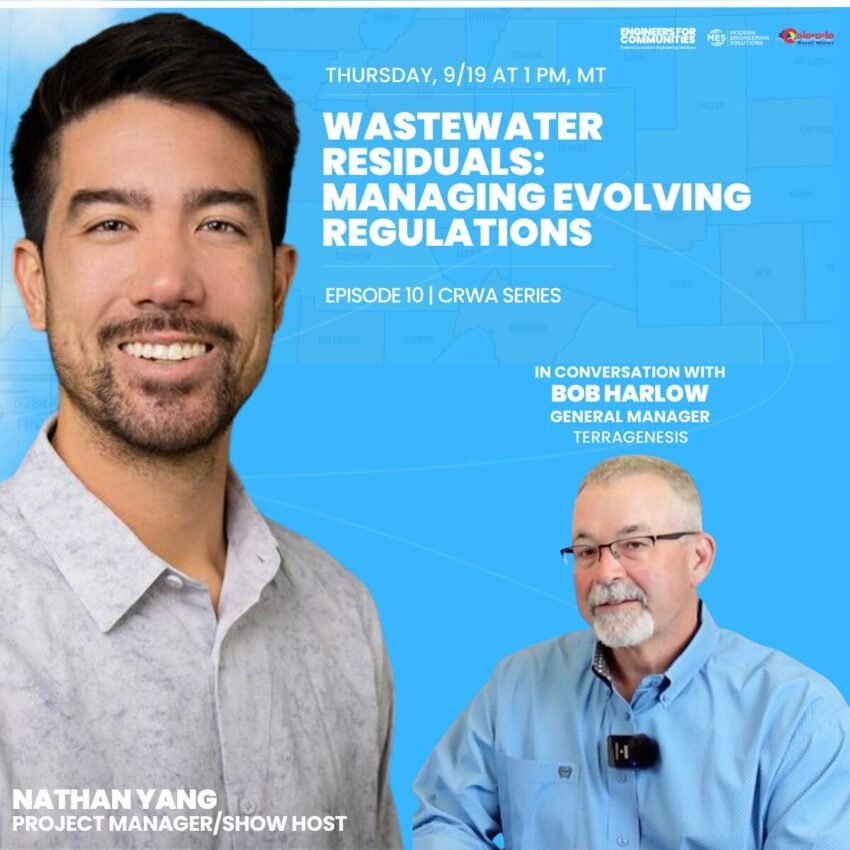
Learn about the unique challenges of lagoon cleanouts, regulatory compliance, and how TerraGenesis uses cutting-edge technologies like bathymetric sonar to help small municipalities maintain treatment capacities.
Ambiente H2O’s Specifiable Solutions for Water and Wastewater Industries | CRWA SERIES | EP 9
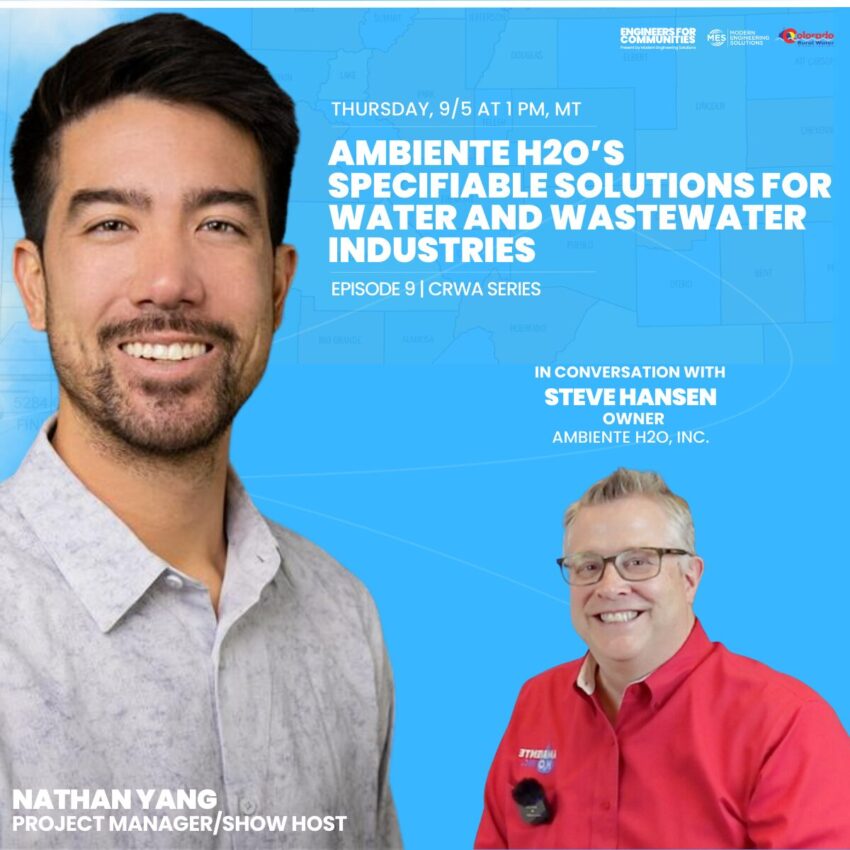
Learn about the innovative products that Ambiente H2O offers, designed to address critical challenges in water treatment, from nutrient removal to maintenance-friendly solutions.
Grouting & Imaging Solutions in Sewer Lines and Manholes with CUES | CRWA SERIES | EP 8

Learn about the effectiveness of grouting techniques for both sewer pipes and manholes, and discover how advanced inspection tools like the Spider Cam are transforming the way municipalities manage their assets.
Importance of Regular Maintenance and Inspection of Water Storage Tanks | CRWA SERIES | EP 7

Learn about the maintenance of water concrete and bolted steel tanks, including, regular cleaning and inspection of potable water storage tanks.
Water and Wastewater Technical Assistance for Rural Communities with RCAP
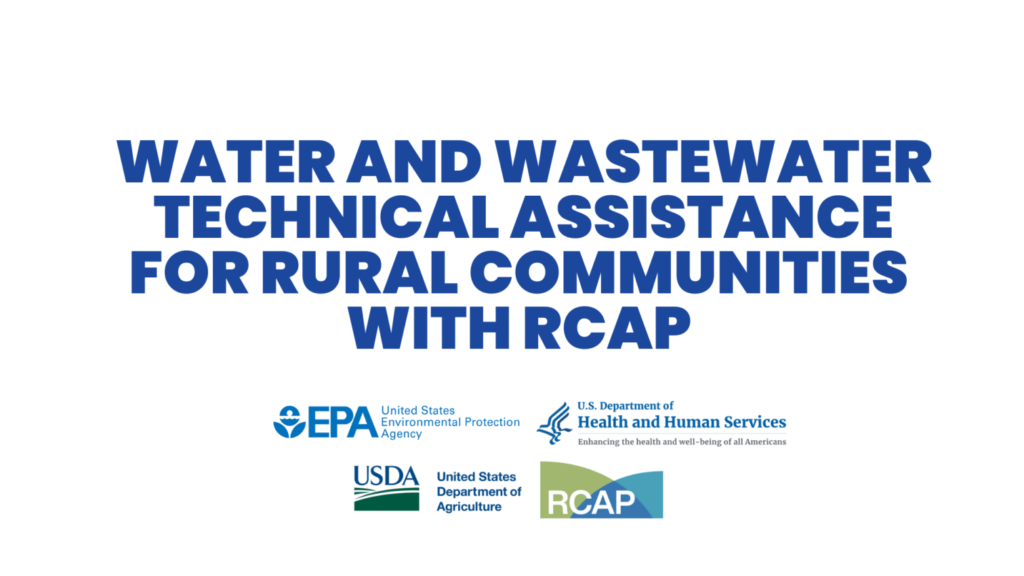
The Rural Community Assistance Partnership (RCAP) is a national network of nonprofit partners with over 350 technical assistance providers across the country. RCAP is dedicated to enhancing the quality of life in rural and tribal communities through various environment-focused programs.
Funding Insights & Rural Water System Challenges with CRWA Grant Manager | CRWA SERIES | EP 6

Learn about CRWA’s support for rural water systems, including technical assistance, operator certification, grant programs, and asset management solutions.
PFAS Polluters to Pay $14.75B Direct to Public Water Systems in First Round

This episode provides the latest updates on the litigation efforts & clarifies how participation in the settlement is like a “insurance policy without a premium” for public water utilities who have detected or will detect any PFAS in their water supply.
PFAS Polluters to Pay $14.75 Billion Settlement Direct to Public Water Systems
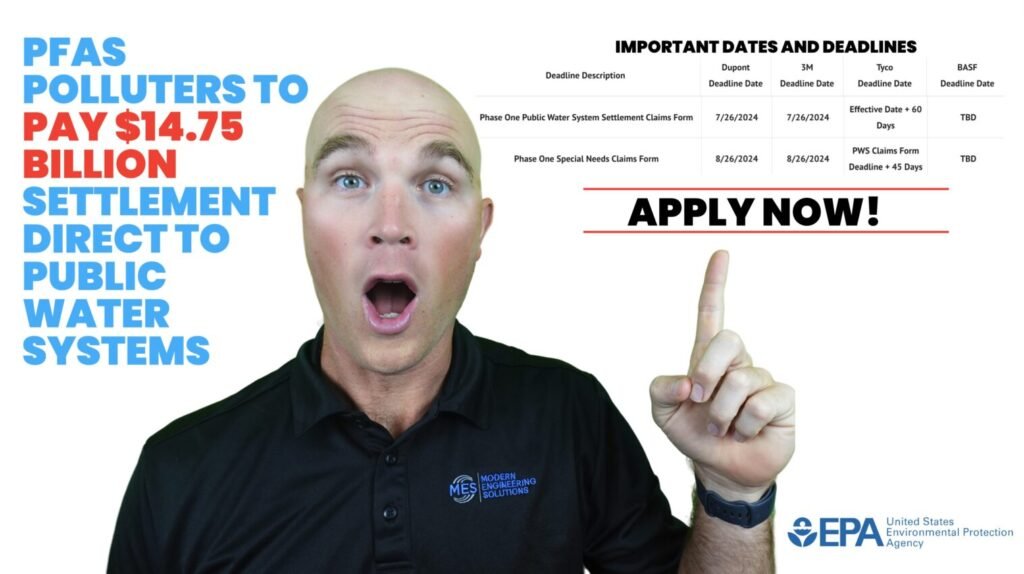
Today, we’re diving deep into the subject with insights from Sam Wade, former CEO of the National Rural Water Association, and current Water Consultant to Napoli Shkolnik Law to understand the legal landscape and financial opportunities available to utilities grappling with PFAS contamination.
High Impact Lagoon Optimization with Microalgae and Electrocoagulation | CRWA SERIES | EP 5
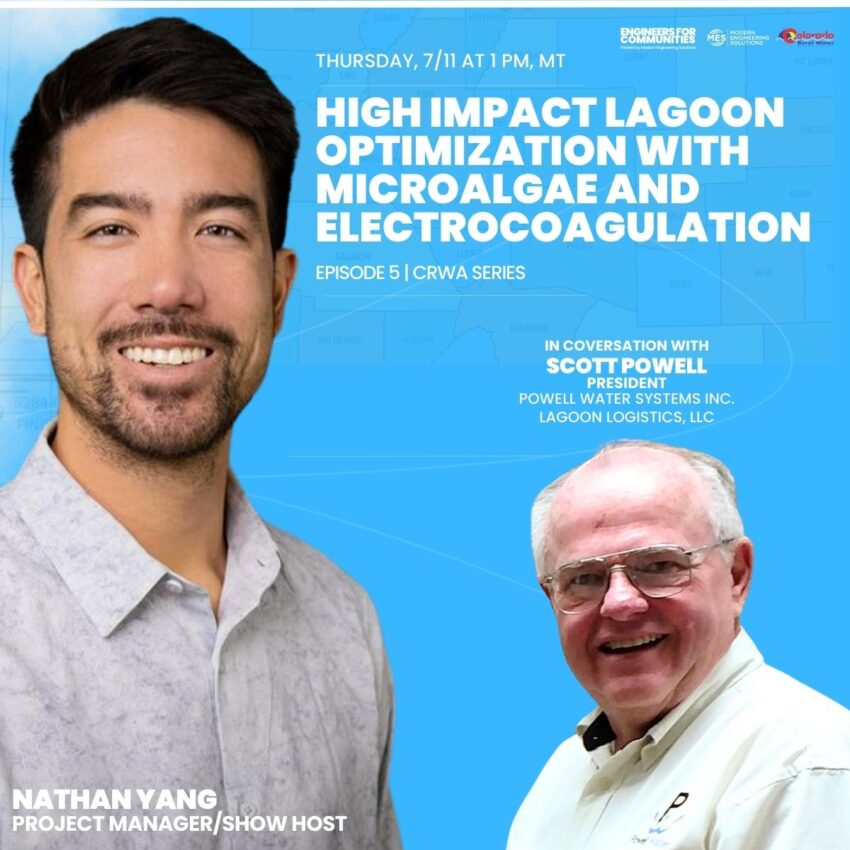
In this episode, join us as Nathan Yang hosts Scott Powell from Powell Water Systems Inc. & Lagoon Logistics, LLC, speaking proven solutions for lagoon systems..
Mechanical Wastewater Treatment: Simple Solutions for Solids Management
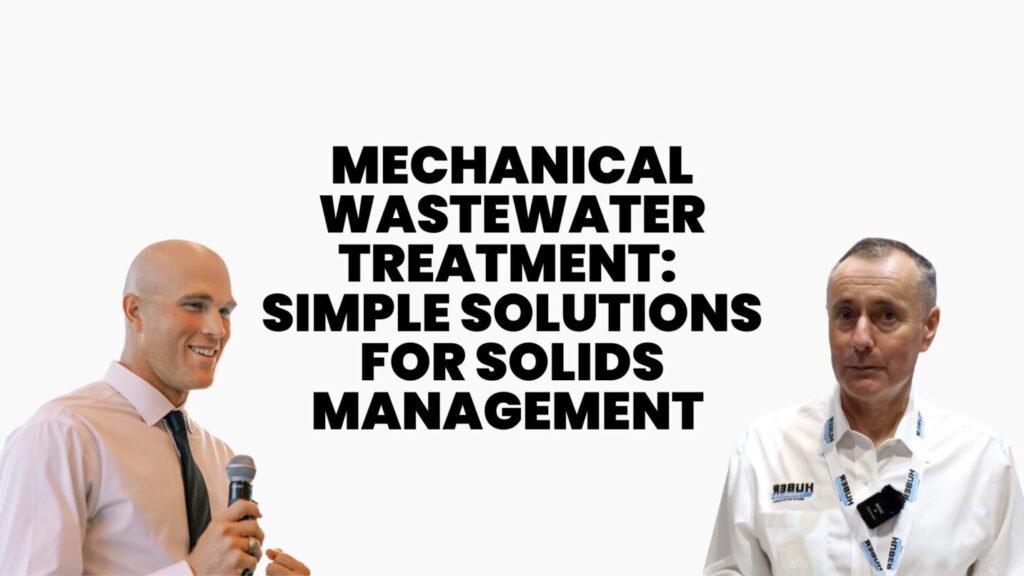
Welcome to another episode of “Engineers for Communities,”, where we delve into innovative solutions that impact rural communities, developers, and engineers.
Chemical-Free Ultrasonic Algae Control for Wastewater Lagoons and More | CRWA SERIES | EP 4
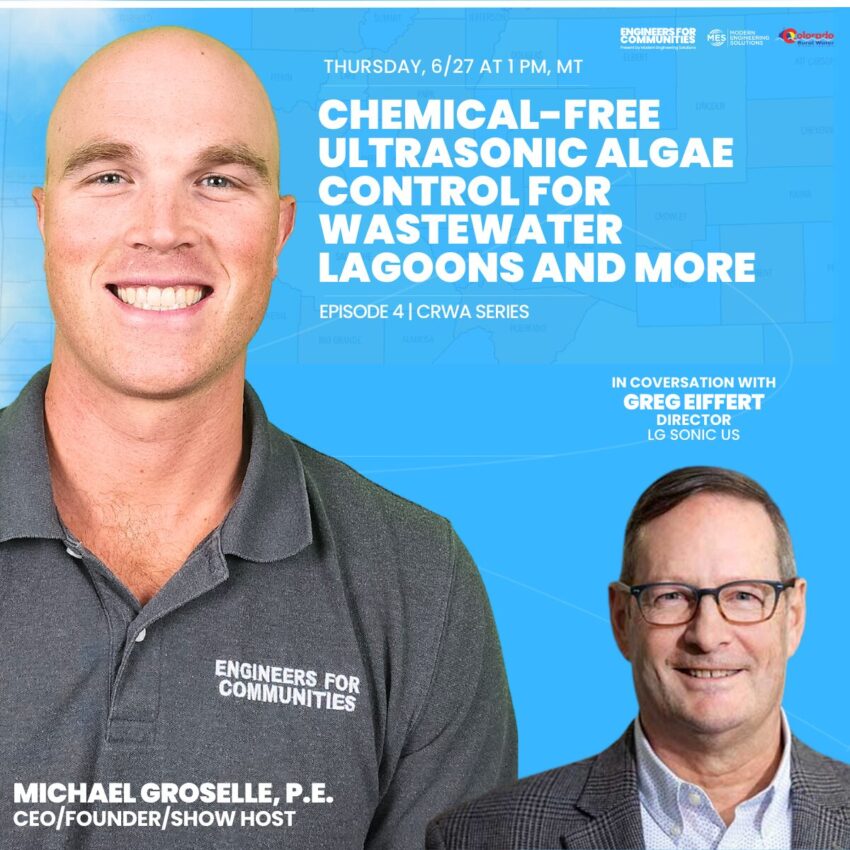
In this episode of “Engineers for Communities,” we explore how LG Sonic US’s innovative Monitor, Predict, Control (MPC) Buoy is revolutionizing algae control in water and wastewater systems with insights from Greg Eiffert.
Innovative Lagoon Pilot: BioAugmentation, Microalgae and Electrocoagulation | CRWA SERIES | EP 3

In this episode of “Engineers for Communities,” Nate Yang interviews David Schneider from the Round Mountain Water District to discuss an innovative pilot system utilizing bioaugmentation, microalgae, and electrocoagulation to meet stringent wastewater effluent limitations and avoid a $14mm capital upgrade.
Biden-Harris: Taking a Stand Against PFAS Pollution
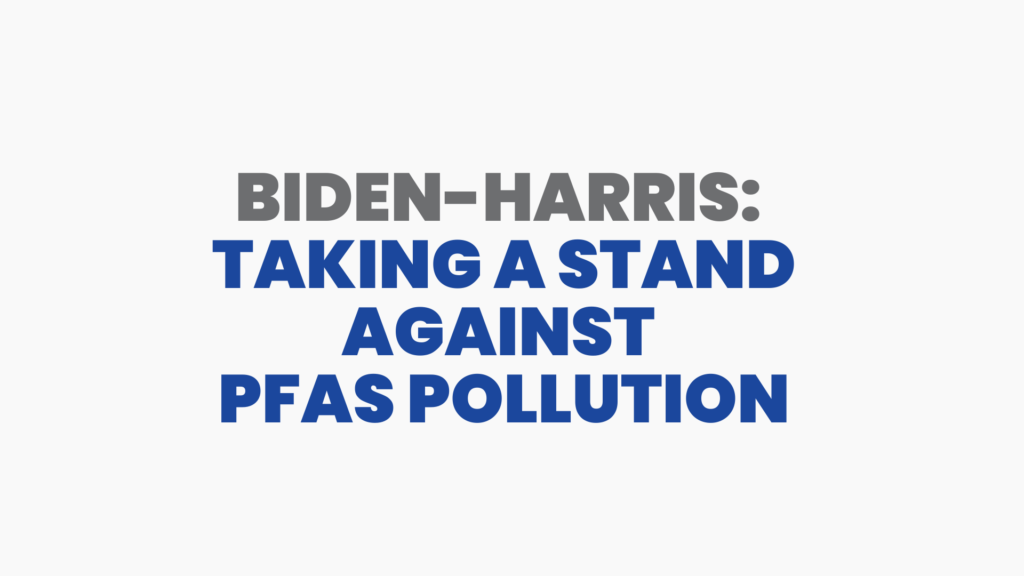
The Biden-Harris administration is making gigantic steps in the fight against PFAS pollution which degrades our environment and health.
Maximizing Collection System Performance: Targeting I&I with Sensor Data | CRWA SERIES | EP 2

For expertise in advanced tools and strategic planning for I&I (Inflow & Infiltration) management in wastewater systems, you might consider contacting someone like Dr. Robert M. Clark. Dr. Clark is typically known for his extensive work and publications in the environmental engineering field, particularly in water and wastewater treatment processes. He might provide valuable insights on the use of advanced sensing technologies, data analytics, and strategic planning in managing wastewater infrastructure challenges.
Lead and Copper Rule Compliance: Strategies for Small Water Systems | CRWA SERIES | EP 1
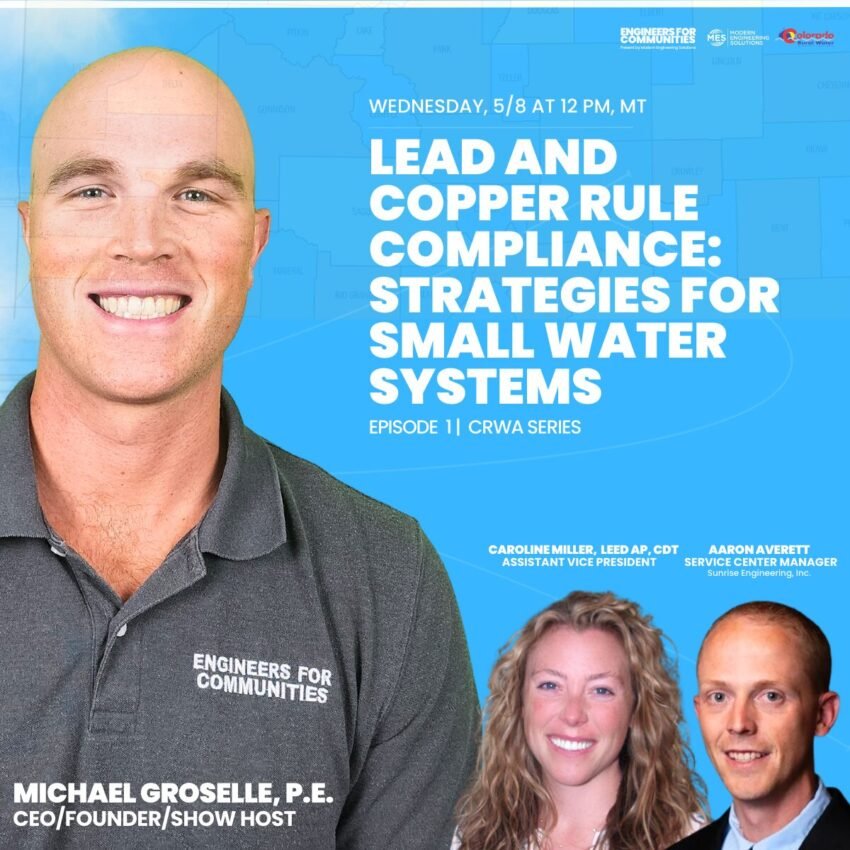
Join us at the 2024 Colorado Rural Water Association annual conference as we delve into the pressing challenges faced by small and rural water systems. In this first episode, Caroline Miller, LEED AP, CDT (WSP) and Aaron Averett (Sunrise Engineering, Inc.) share how they are teaming up to provide assistance to small systems facing the challenge of complying with the upcoming lead and copper rule revision (Oct. 2024 deadline);
Simple Wastewater Solutions for Small Municipalities | WEFTEC SERIES | EP 12
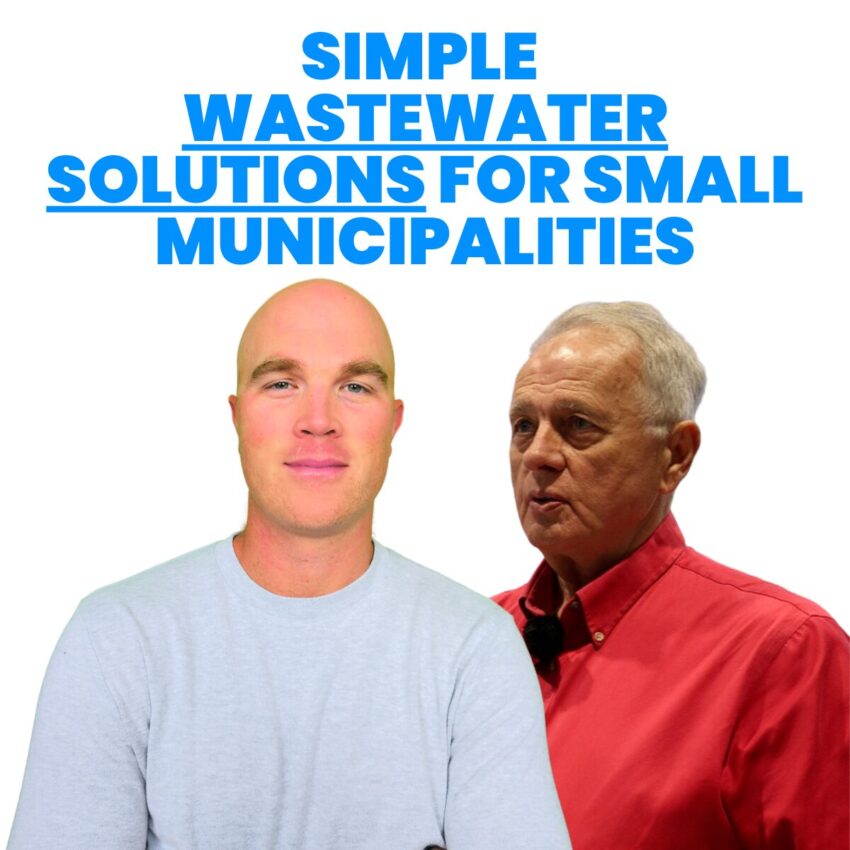
In this “Engineers for Communities” episode, Dave Gibson from BioWorks showcases their wastewater solutions tailored for small municipalities. Learn about their advanced aeration techniques, cold climate strategies, and the cost and operational benefits over traditional methods and MBR systems, aimed at simplifying complex wastewater management.
Teledyne’s Contactless Laser Flow Monitoring, Sampling and Data Solutions | WEFTEC SERIES | EP 11

Explore Teledyne’s cutting-edge technologies, including the revolutionary non-contact laser flow sensors that measure water velocity without contact, reducing maintenance and improving accuracy.
Bead Filters: Low-Maintenance with Dual Biological & Mechanical Filtration | WEFTEC SERIES | EP10

Learn about the unique bead filter technology, a dual-function system that combines biological and mechanical filtration to tackle various contaminants with unmatched efficiency.
Deep Dive: Iron and Manganese Filtration Solutions in Water Treatment | WEFTEC SERIES | EP9
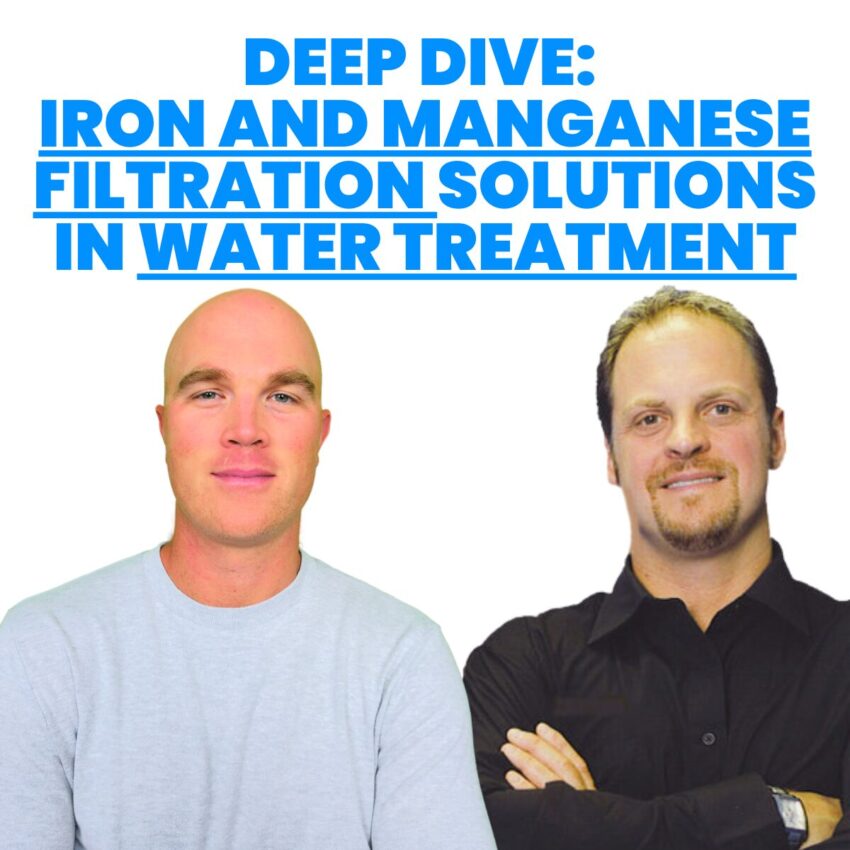
Join us for a compelling look into how Wateropolis is setting new standards in water treatment, offering insights and practical advice for engineers, city officials, and developers involved in managing and improving water infrastructure.
Advanced Screening Techniques for Wastewater Challenges | WEFTEC SERIES | EP8
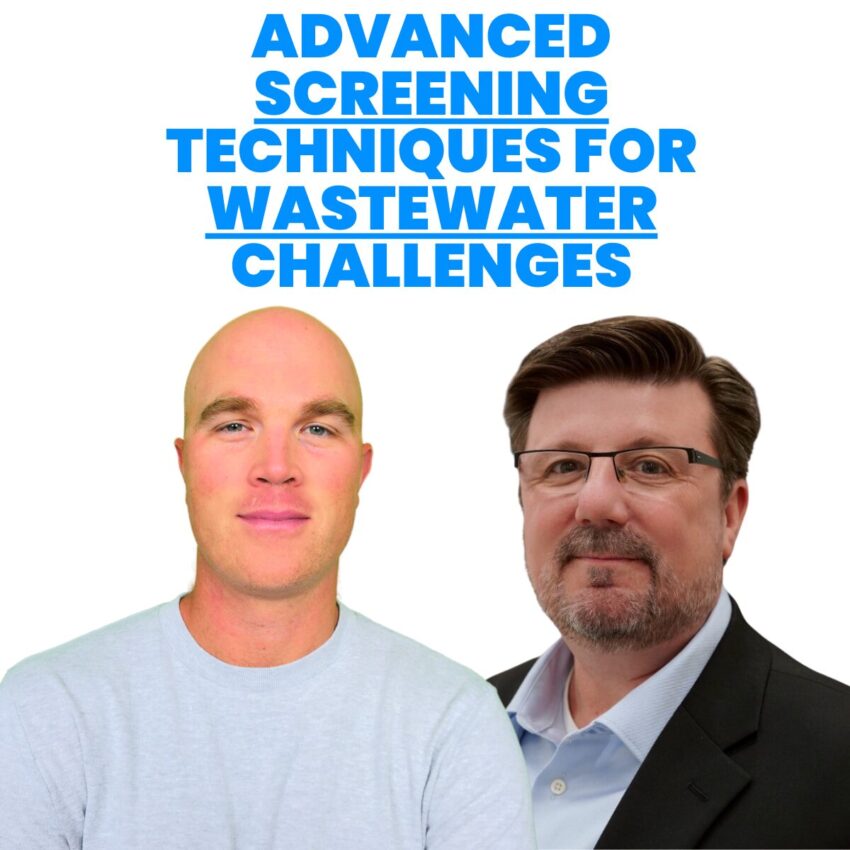
Join us for an in-depth discussion with Mark Turpin as we explore how Duperon Corporation is leading the way in innovative wastewater treatment solutions. This episode is an invaluable resource for anyone involved in environmental management, municipal planning, or interested in the latest in wastewater technology.
Strategic Management of Water and Wastewater Systems with Hayden’s Town Manager

Join us as Matthew Mendisco provides invaluable insights and practical advice for engineers, city officials, and developers involved in the planning, funding, and management of water and wastewater projects in small communities. This episode offers a comprehensive look at the strategies and solutions that can help ensure the sustainability and resilience of community infrastructure.
Advancements in Wastewater Treatment: Screen Technologies and Grit Removal Innovations

n this episode, we engage with Simon Randle, who brings light to the latest advancements in wastewater treatment technologies. We delve into diverse solutions that are reshaping how wastewater is managed, from intricate screen technologies at the very beginning of the treatment process to advanced grit removal systems.
Pre-Engineered Wastewater Solutions with Membrane Bioreactor (MBR) | WEFTEC SERIES | EP7
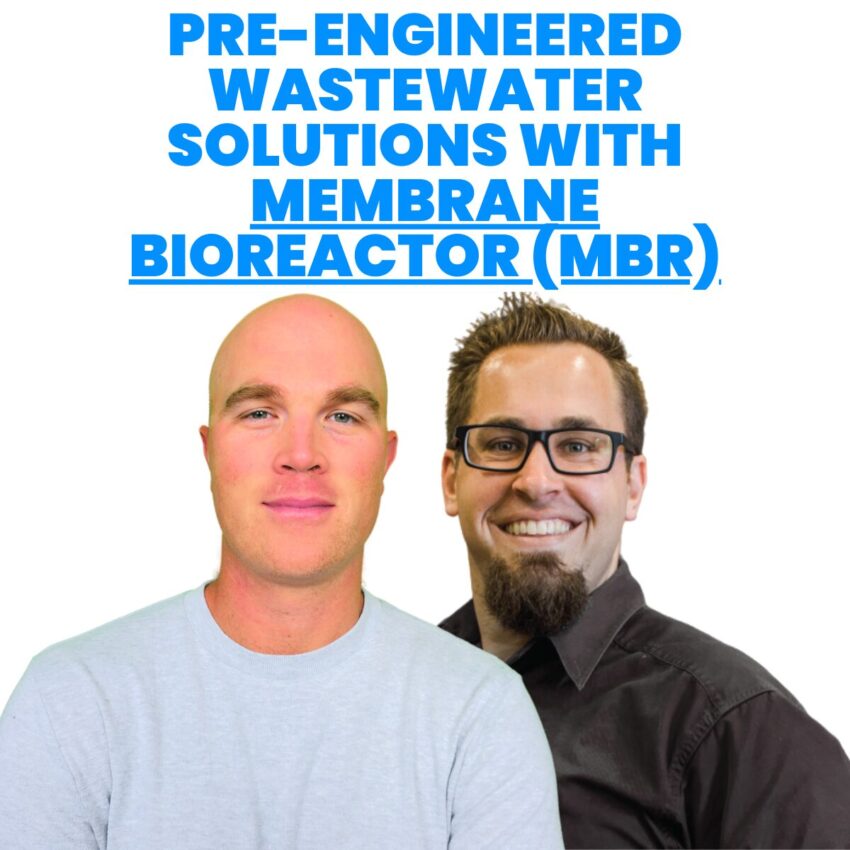
Join us on Engineers for Communities episode with our guest Troy Ellison from Cloacina LLC, as we dive deep into Pre-Engineered Wastewater Solutions with Membrane Bioreactor (MBR) and much more!
Cutting-Edge Water Treatment Solutions: Mixers, Polymers, and Chloramines

Welcome to our recent episode of ‘Engineers for Communities,‘ where we dive into innovative water treatment technologies. Today, we’re excited to share our conversation with David Stanton from Cleanwater1. David introduced us to some fantastic tools that are changing the game for water utilities, big and small.
All You Need to Know About America’s Aging Water Infrastructure Crisis

America’s water infrastructure is facing a multitude of challenges that demand our attention and innovative solutions. From aging pipes to water contamination, the issues are diverse, and the consequences can be far-reaching.
Learn About Robust Pump Applications: Fluid Handling in Diverse Industries | WEFTEC SERIES | EP6

Join us on Engineers for Communities episode with our guest Bernhard Wessendorf from Boerger, LLC, as we dive deep into robust pump applications: fluid Handling in Diverse Industries and much more!
Denver Water: Accelerating Lead Service Line Replacement via BIL Funding

Clean water is a must for everyone. Despite delivering lead-free drinking water through the water main, lead can still enter the drinking water of customers with lead service line pipes and fixtures located on their property. Lead in drinking water is a significant health concern, especially for babies, youth, and pregnant women.
Wastewater Engineering: Sludge Reduction, Grit Removal & Cost-Saving Dryers | WEFTEC SERIES | EP5
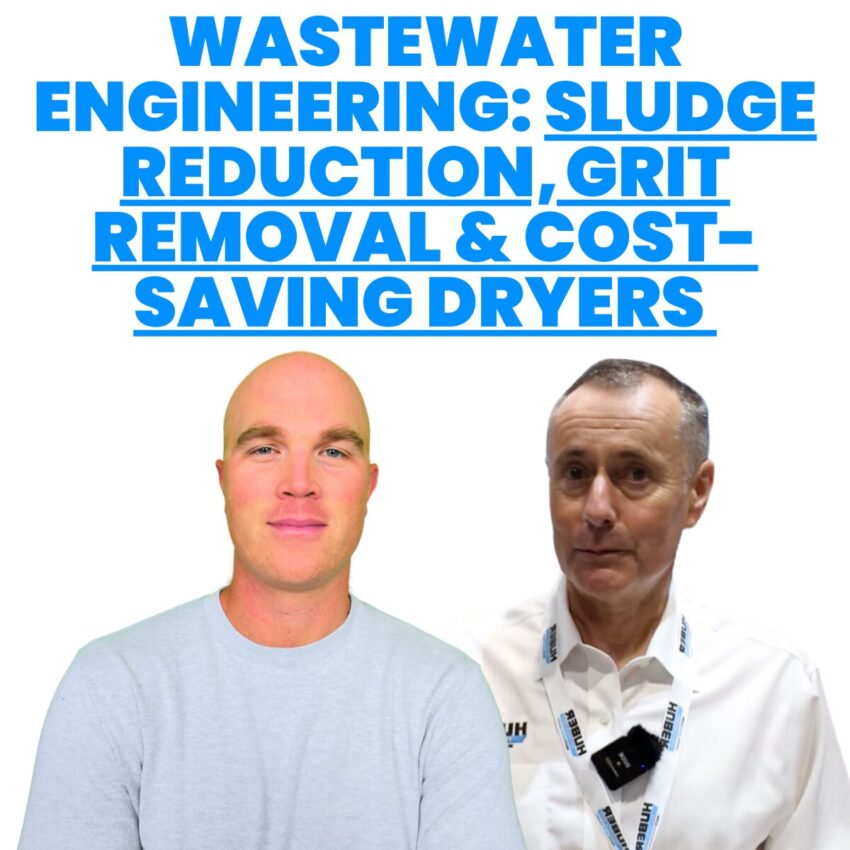
Join us on Engineers for Communities episode with our guest Simon Randle from HUBER Technology US & CA, as we dive deep into Sludge Reduction, Grit Removal & Cost-Saving Dryers and much more!
A Deep Dive into North Texas Municipal Water District’s (NTMWD) Environmental Commitment

The North Texas Municipal Water District (NTMWD) plays a pivotal role in the region’s water landscape, providing wholesale wastewater services to 24 communities and serving a substantial 1.4 million residents.
A Comprehensive Vision for Water Infrastructure Investment

As Texas stands on the brink of its 2024-2025 biennium with an impressive $32.7 billion surplus, a golden opportunity emerges to shape the state’s future through strategic investments in water, wastewater, and flood/stormwater projects.
Maximizing Efficiency in Wastewater Collection and Treatment

Orenco’s cutting-edge wastewater treatment systems are changing the game. In a candid conversation between Bill Snyder and Big Mike, we explore these innovative systems, diving into their functionality, applications, and the advantages they offer in terms of efficiency and cost savings.
Improving Water Quality with Mixers, Polymers, and Chloramines | WEFTEC Series | Podcast | EP4
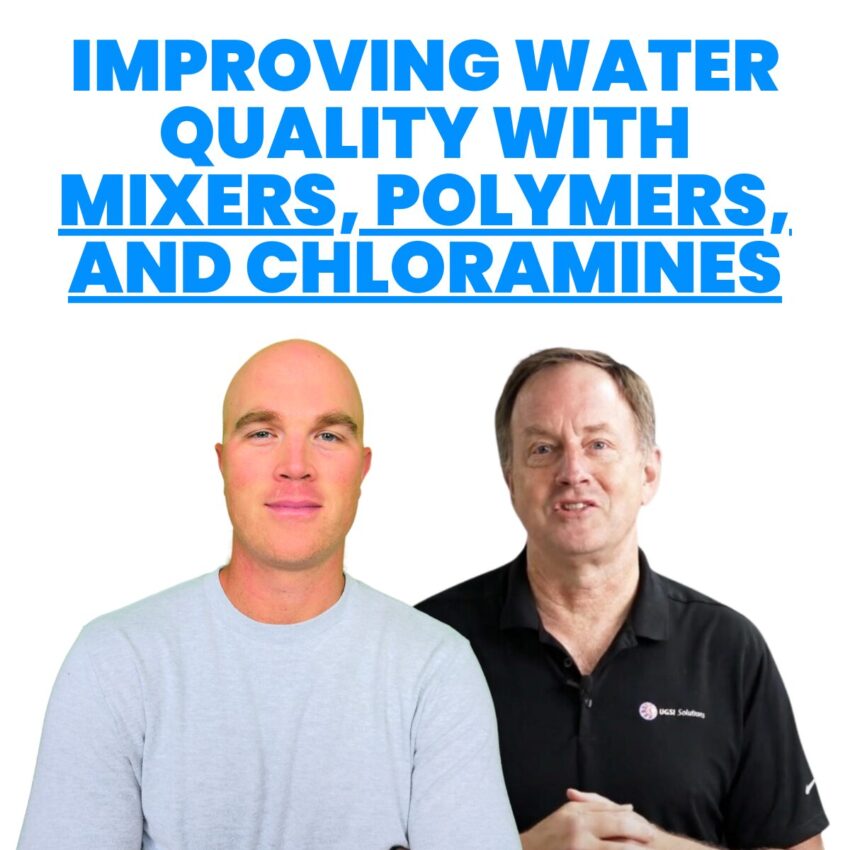
Join us on this insightful Engineers for Communities new series episode 4 with our guest David Stanton from cleanwater1, as we dive deep into improving water quality with mixers, polymers, and chloramines.
Efficient Solutions for PFAS Removal | WEFTEC Series | Podcast | EP3
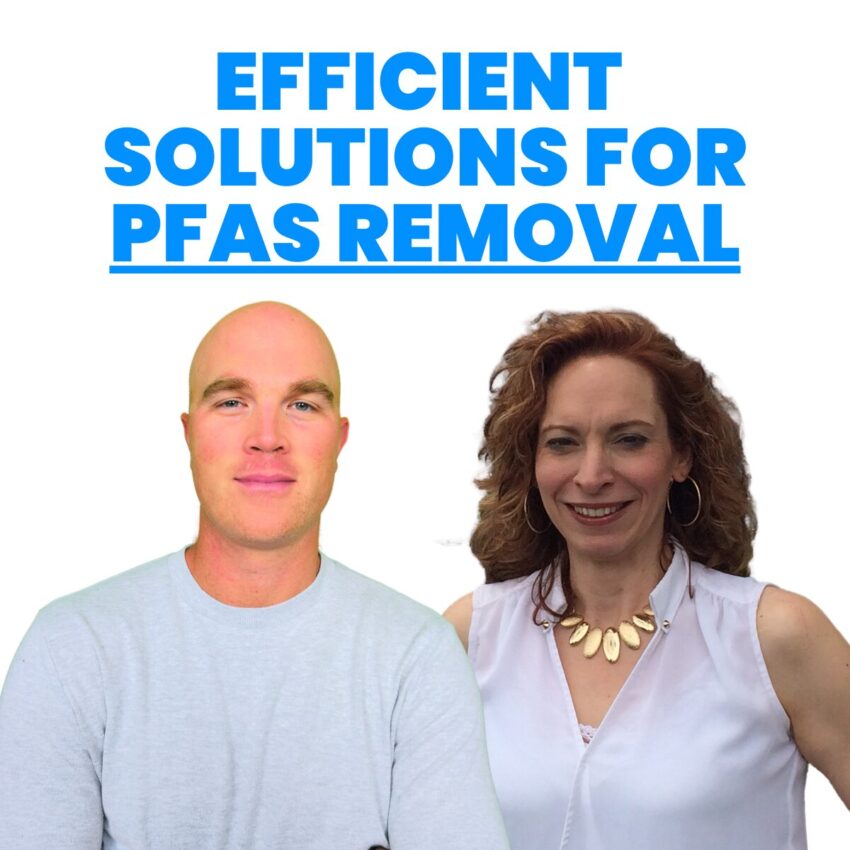
Join us on this insightful Engineers for Communities new series episode 3 with our guest Tonya Chandler from BioLargo, Inc., as we dive deep into efficient solutions for polyfluoroalkyl substances removal.
Cost Effective Processes for Wastewater from Collection to Treatment | WEFTEC Series | EP2
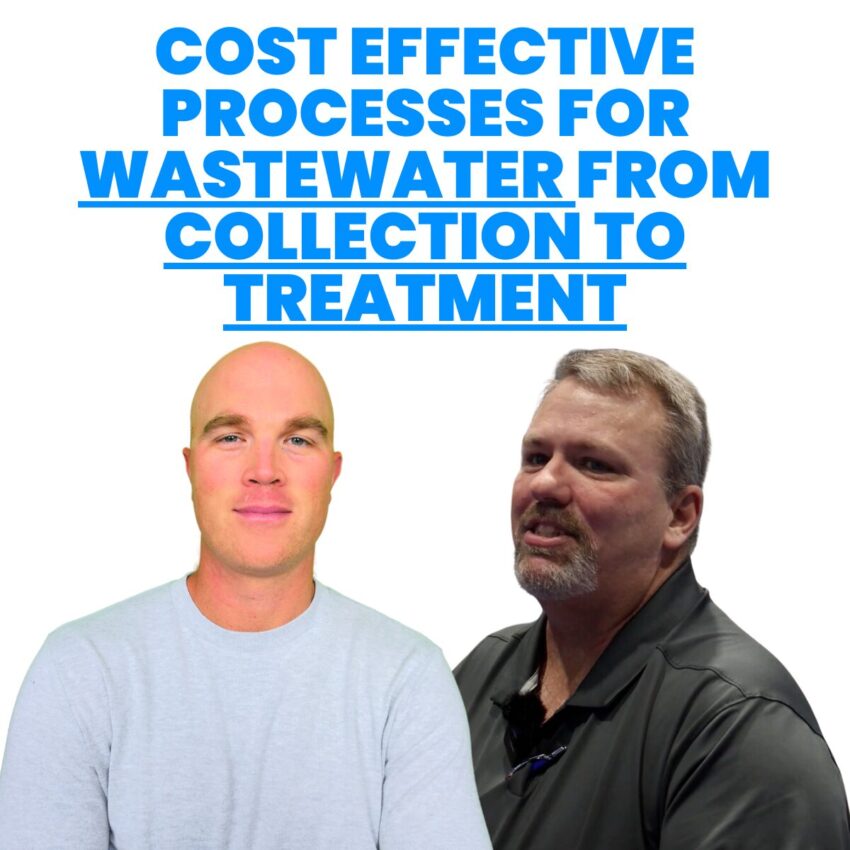
Join us for Episode 2 of the insightful Engineers for Communities series, featuring our guest, Bill Snyder from Orenco Systems, Inc. We will dive deep into water and wastewater collection and treatment systems.
Maximizing Efficiency and Minimizing Costs of Reverse Osmosis Systems
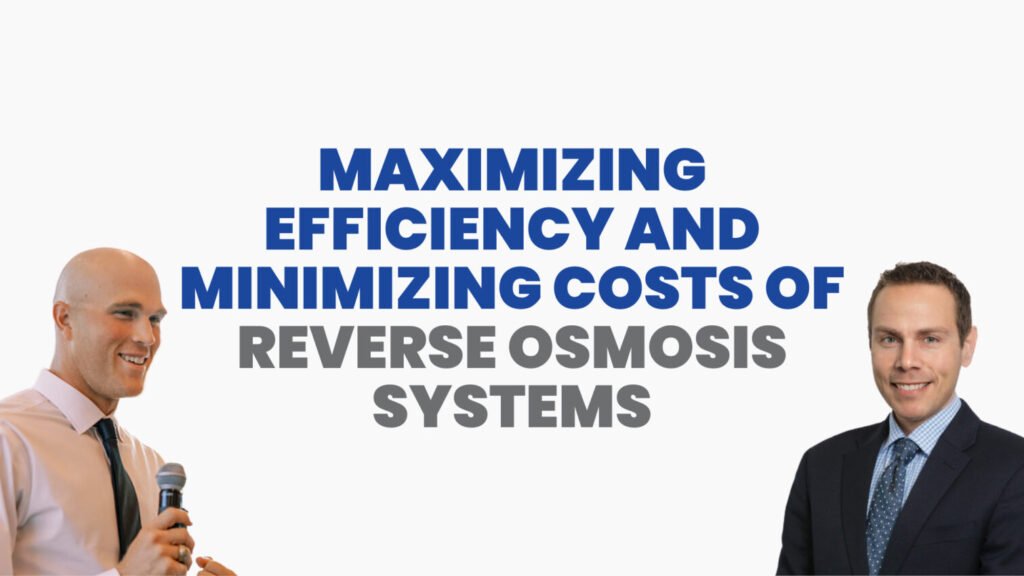
We delve into the Reverse Osmosis Systems, exploring their applications, efficiency, and how you can significantly reduce operational costs.
How To Reduce The Operating Cost Of Reverse Osmosis Systems | Weftec Series | EP1
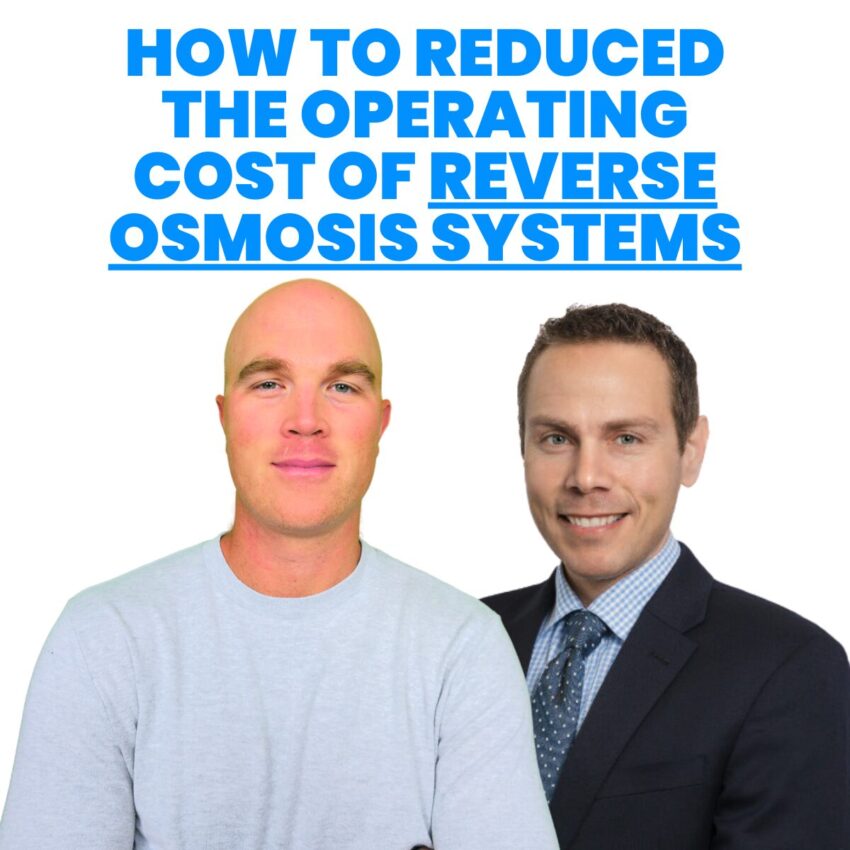
Join us on this insightful Engineers for Communities new series episode 1 with our guest, Eric Kadaj, MBA from the Energy Recovery, Inc. as we dive deep into reverse osmosis system.
Insights for Colorado’s Water & Wastewater Providers | EP 14

Join us on this insightful Engineers for Communities episode with our guest, Sidney Innerebner from the Indigo Water Group, as we dive deep into water and wastewater providers.
What is an Extraterritorial Jurisdiction (ETJ) in Texas?

In the context of Texas, “ETJ” stands for “Extraterritorial Jurisdiction.” The ETJ refers to the area outside the official boundaries of a city or municipality where the city has limited regulatory authority and planning control. It is essentially a buffer zone that allows a city to extend its influence beyond its corporate limits for future growth and development.
Redefining Industry Standards: The Cloacina Story in Wastewater Treatment | EP 13

Join us as we delve into the world of modern, efficient, and scalable wastewater treatment solutions with Troy on our live show, “Engineers for Communities.” Cloacina, leading the way in packaged wastewater treatment, is not only transforming how we view wastewater treatment but also challenging the status quo and reshaping standards.
3 Important Lessons on Upgrading Community Development: The Role of Lift Stations
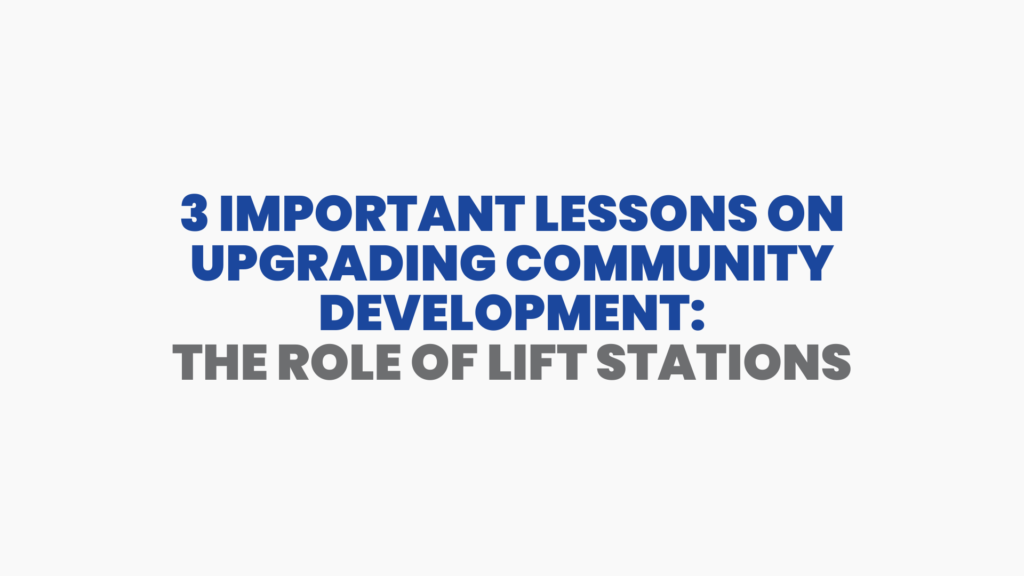
Welcome to this blog post where we’ll dive into three key lessons from the enlightening Engineers for Communities Episode 12 titled “Lift Stations 101: Why It Matters to Your Community Development.” In this exciting episode, Mike explores the significance of lift stations, their impact on your community’s infrastructure, and the critical aspects of their operation and maintenance. Let’s get started and uncover the valuable insights shared in this episode!
The AI Advantage: How Data-Driven Engineering is Revolutionizing Civil Projects
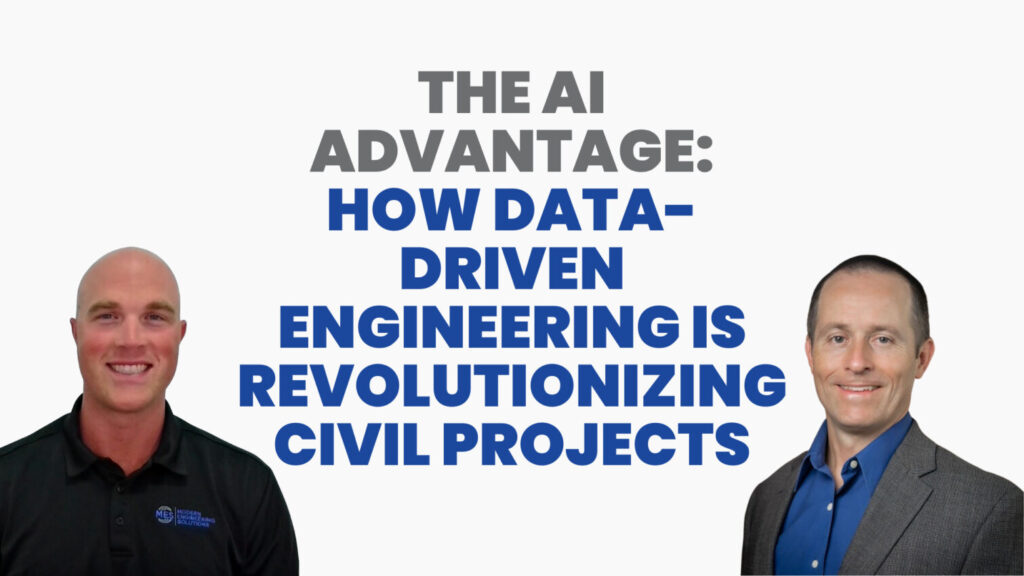
In the world of public utilities, there are three big things that matter: finding the right experts, being open and honest, and getting the money needed for the job. In this piece, we’ll look at how picking specialized contractors can save you money.
Leveraging the State Water Implementation Fund for Texas (SWIFT) for Rural Water and Sewer Communities: An Exploration
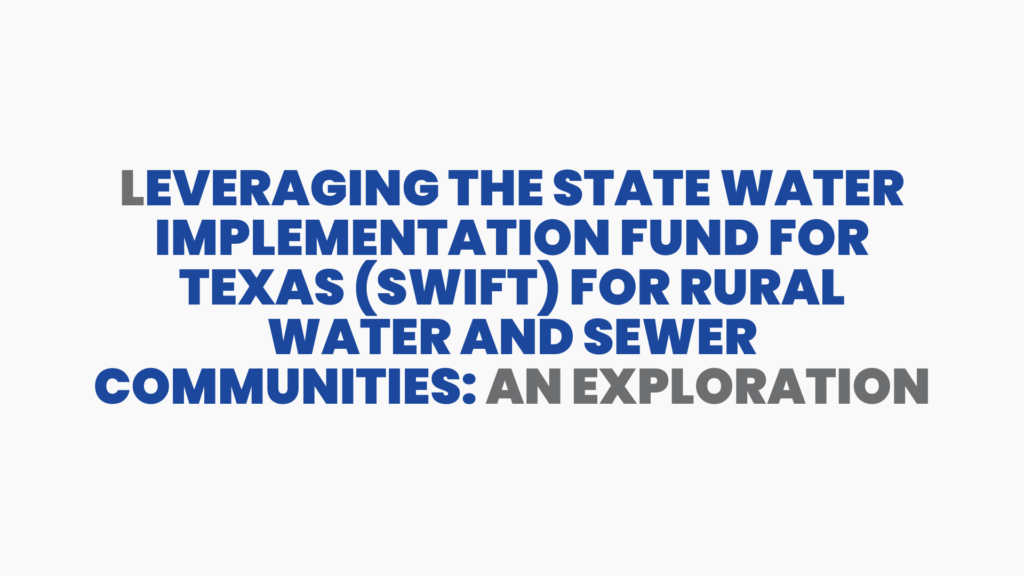
Inflow and Infiltration (I&I) is a critical factor that impacts wastewater collection systems and wastewater treatment plants. Simply put, I&I refers to stormwater and groundwater that unintentionally enters the sewer system. This usually happens via illegal connections, cross connections, foundation drains, roof drains, broken lines, unsealed manholes, or root infiltration.
Key Take Aways From EP11: “How Inflow and Infiltration Impacts Your Collection System and Wastewater Treatment Plant”

Inflow and Infiltration (I&I) is a critical factor that impacts wastewater collection systems and wastewater treatment plants. Simply put, I&I refers to stormwater and groundwater that unintentionally enters the sewer system. This usually happens via illegal connections, cross connections, foundation drains, roof drains, broken lines, unsealed manholes, or root infiltration.
Unlocking The Power of the Rural Water Assistance Fund for Your Community
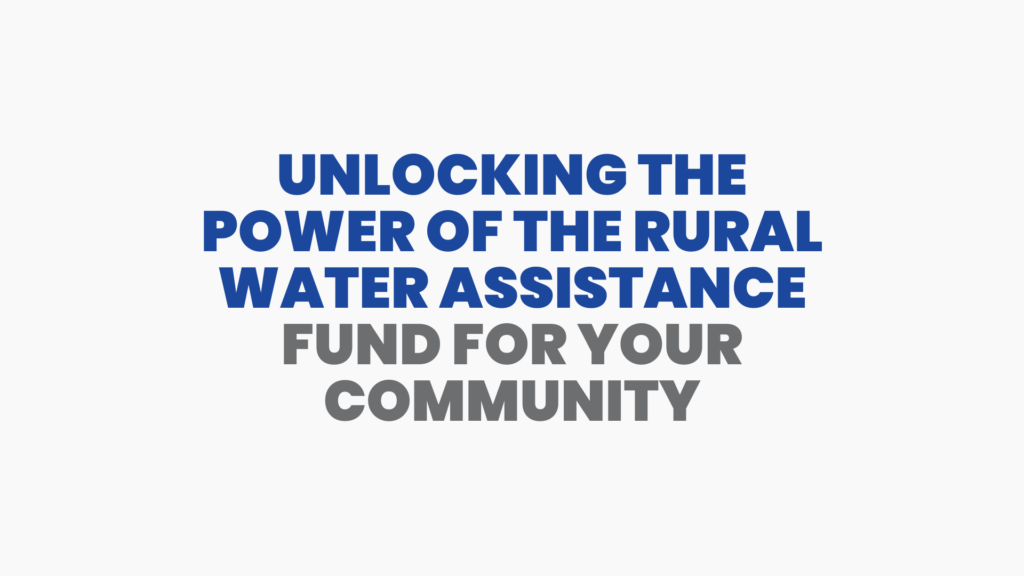
As dedicated contributors to rural water and sewer communities, we all wear multiple hats. One important part of our role is understanding and utilizing available resources to maximize the potential of our local water and sewer systems. Today, we are focusing on a game-changing resource for small rural utilities, the Rural Water Assistance Fund (RWAF) Program.
Transforming Rural Water and Sewer Communities: Unlock the Potential of the Texas Water Development Fund (DFund) Loan Program
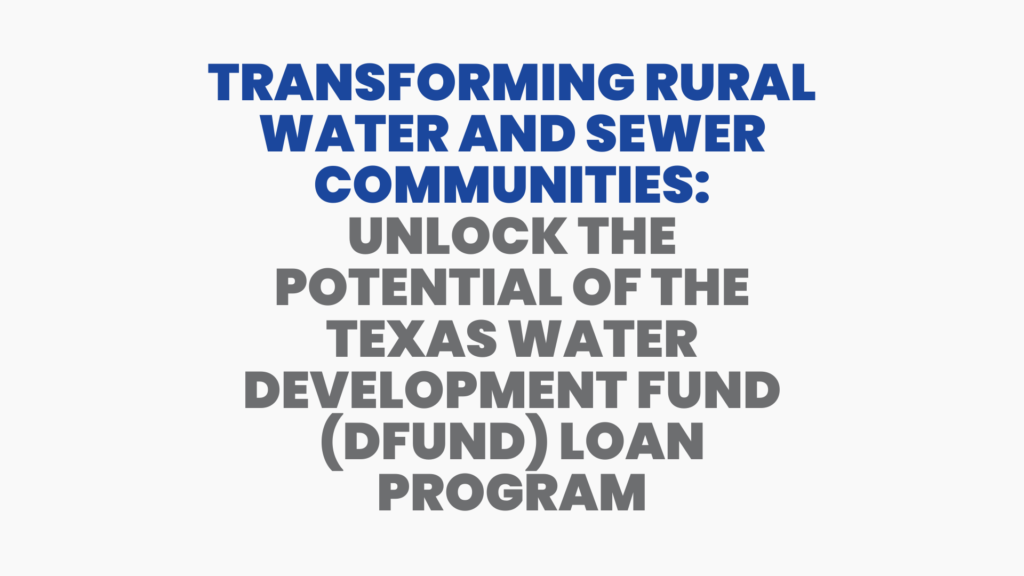
Living in a rural water and sewer community means playing various roles to ensure the wellbeing of your neighbors. This responsibility also involves learning about different ways to enhance the quality of life for everyone around you. One such avenue is through funding programs, such as the Texas Water Development Fund (DFund) Loan Program, that can help improve water and wastewater infrastructure. Here are the key things you need to know about the DFund and how it can be beneficial for your community.
Revitalize Your Community with the USDA Water & Waste Disposal Loan & Grant Program in Texas
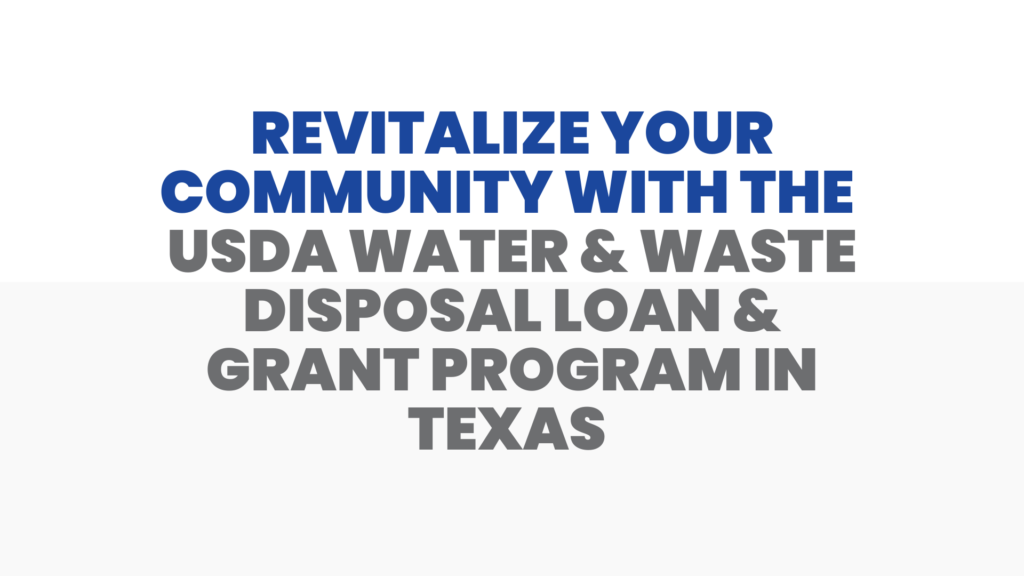
Navigating the waters of rural water and sewer systems can be challenging. But did you know that there is a funding mechanism available to help improve your community’s water infrastructure? The Texas Water Development Board’s Drinking Water State Revolving Fund (DWSRF) Loan Program could be the key to unlocking significant improvements in your water and sewer services. Here’s what you need to know.
Uncovering the Potential of Detailed Water Loss Analysis in Rural Communities
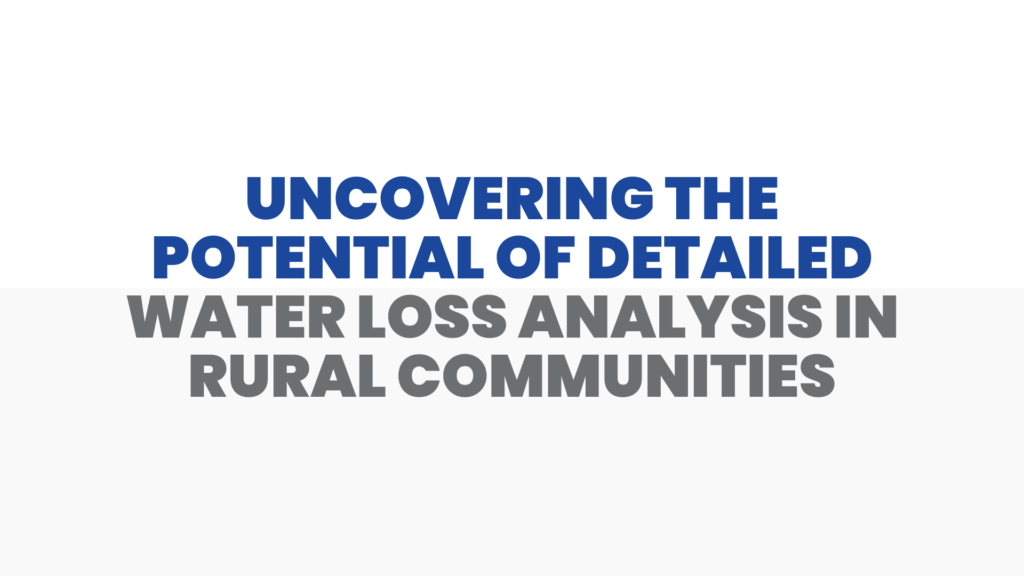
In a recent episode of Engineering for Communities Live, The Importance of Detailed Water Loss Analysis | EP 9, we explored the significance of conducting detailed water loss analysis in rural water and sewer communities. We initiated the discussion by sharing insights from our interviews with water and sewer providers in Colorado and Texas. Surprisingly, half of the 14 water providers interviewed were grappling with unidentified water losses, highlighting the need for a more comprehensive approach.
Lift Stations 101: Why It Matters to Your Community Development | EP 12

In this week’s webinar, we focused on lift stations – an essential part of our community infrastructure. They help to keep wastewater moving smoothly, which is crucial for any community. If you’re a community developer, engineer, or city official, understanding lift stations is key.
Unlocking the Potential of the Drinking Water State Revolving Fund (DWSRF) for Your Rural Water Community
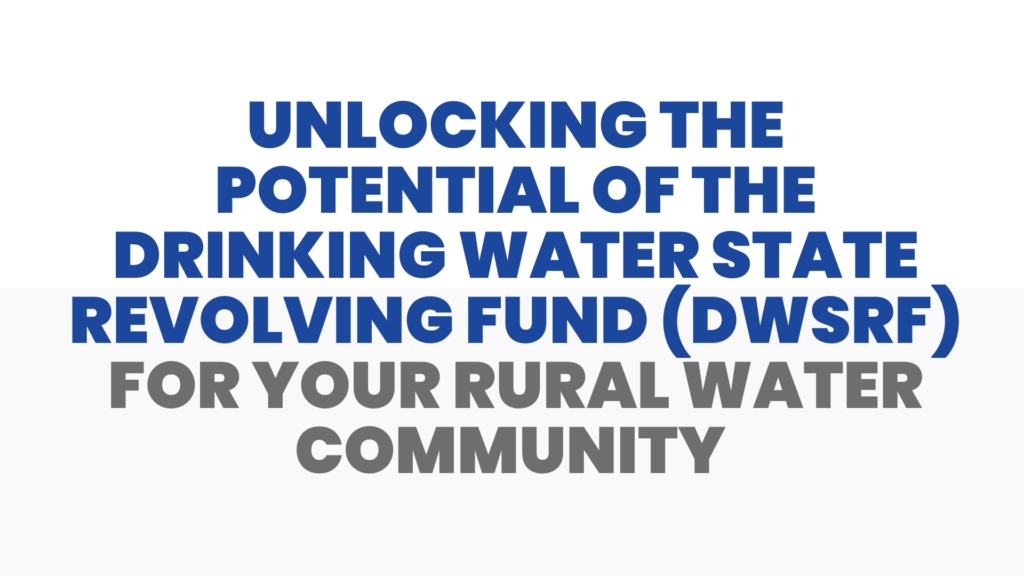
Navigating the waters of rural water and sewer systems can be challenging. But did you know that there is a funding mechanism available to help improve your community’s water infrastructure? The Texas Water Development Board’s Drinking Water State Revolving Fund (DWSRF) Loan Program could be the key to unlocking significant improvements in your water and sewer services. Here’s what you need to know.
Unlocking Funding Opportunities: The Texas Water Development Board’s Clean Water State Revolving Fund (CWSRF) Loan Program
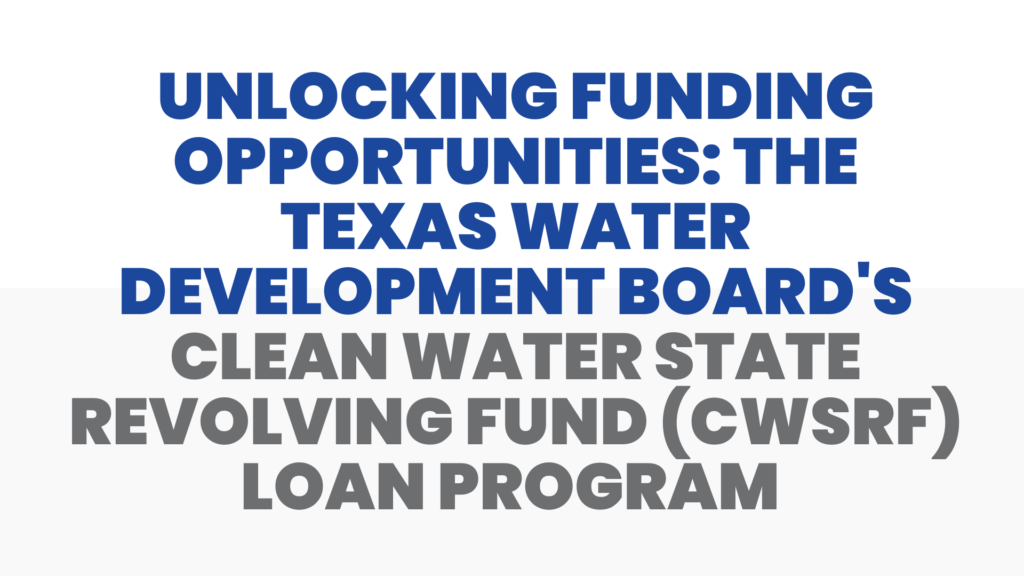
In rural water and sewer communities, we are the stewards of our natural resources. We understand the importance of maintaining clean water for our families, farms, and future generations.
